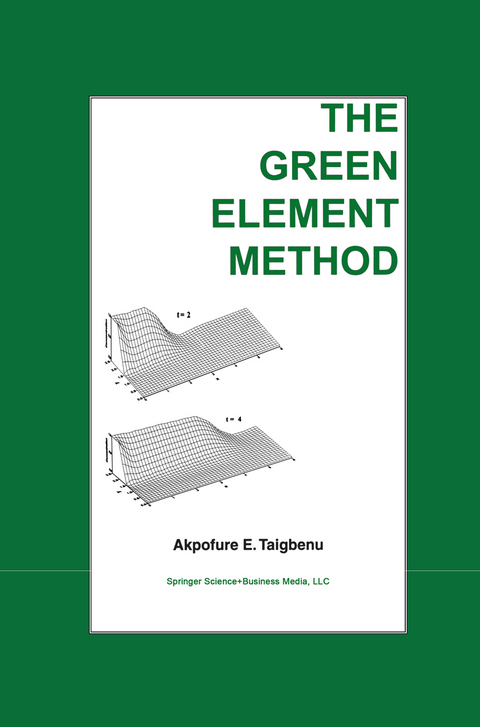
The Green Element Method
Springer-Verlag New York Inc.
978-1-4419-5087-1 (ISBN)
1: Preliminaries.- 2: Linear Laplace/Poisson Equation.- 3: Nonlinear Laplace/Poisson Equation.- 4: Helmholtz Equation.- 5: Transient Diffusion.- 6: Transport Equation.- 7 Burgers Equation.- 8 Unsaturated Flow (Richards Equation).- 9 Higher-Order Elements.- 10 Steady Two-Dimensional Problems.- 11 Unsteady Two-Dimensional Problems.- 12 Further Considerations.- Appendix A.- A.1 Capabilities of the Program GEMLN1D.- A.2 User Manual of the Executable Program GEMLN1D.- A.3 Hint to Solution to some of the Exercises.- Appendix B.- B.1 Element Matrices for Linear Rectangular Elements.- B.2 Element Matrices for Linear Triangular Elements.- Appendix C.- C.1 Element Matrices for Quadratic Rectangular Elements.- C.2 Element Matrices for Quadratic Triangular Elements.- Author Index.
| Erscheint lt. Verlag | 3.12.2010 |
|---|---|
| Zusatzinfo | XVI, 354 p. |
| Verlagsort | New York, NY |
| Sprache | englisch |
| Maße | 155 x 235 mm |
| Themenwelt | Mathematik / Informatik ► Informatik ► Theorie / Studium |
| Naturwissenschaften ► Biologie ► Ökologie / Naturschutz | |
| Naturwissenschaften ► Geowissenschaften | |
| Naturwissenschaften ► Physik / Astronomie ► Mechanik | |
| Technik ► Bauwesen | |
| ISBN-10 | 1-4419-5087-7 / 1441950877 |
| ISBN-13 | 978-1-4419-5087-1 / 9781441950871 |
| Zustand | Neuware |
| Haben Sie eine Frage zum Produkt? |
aus dem Bereich


